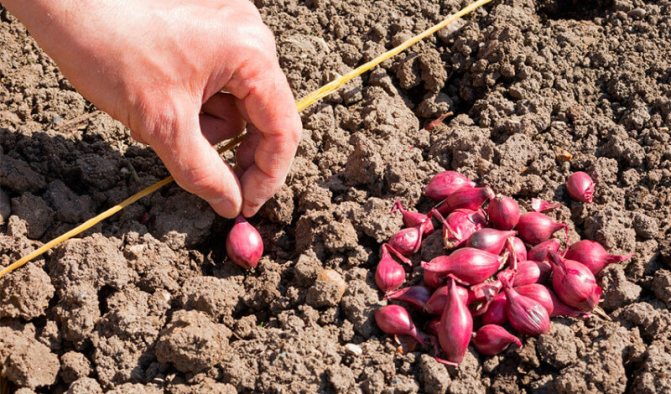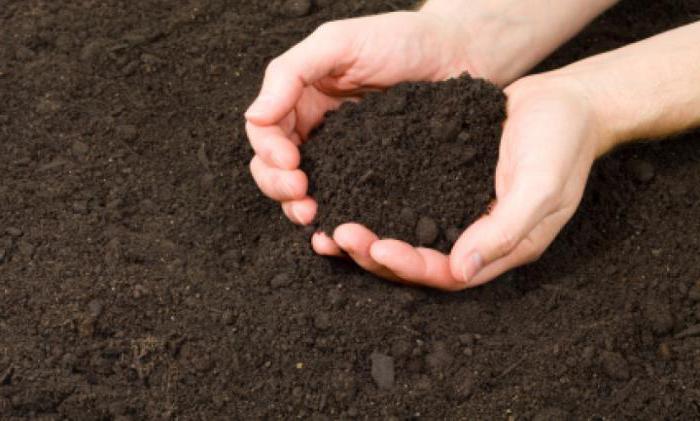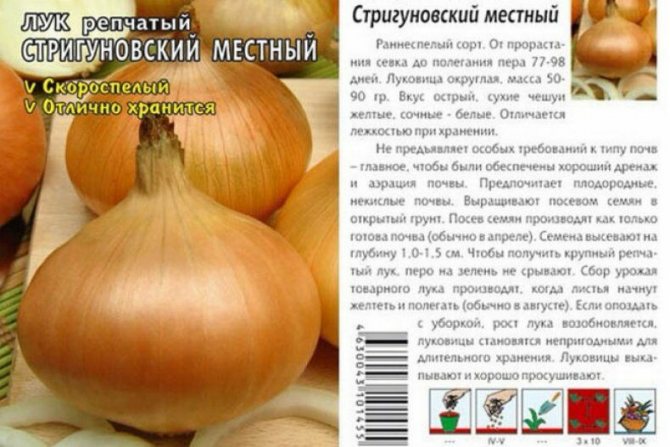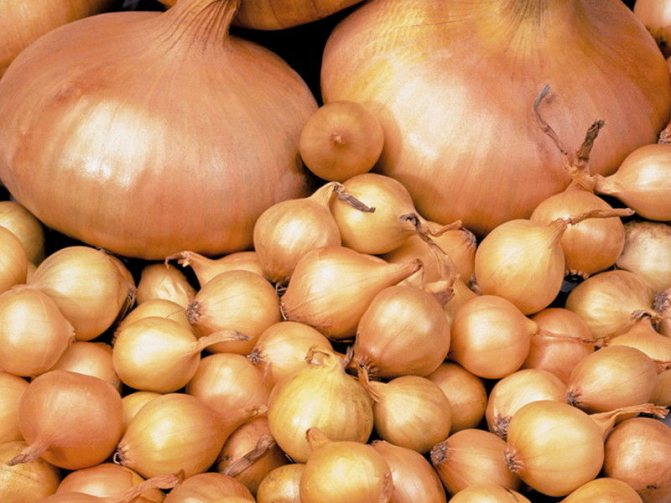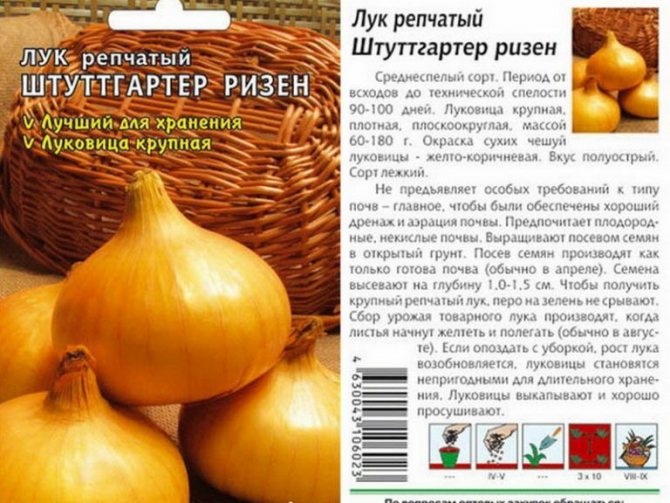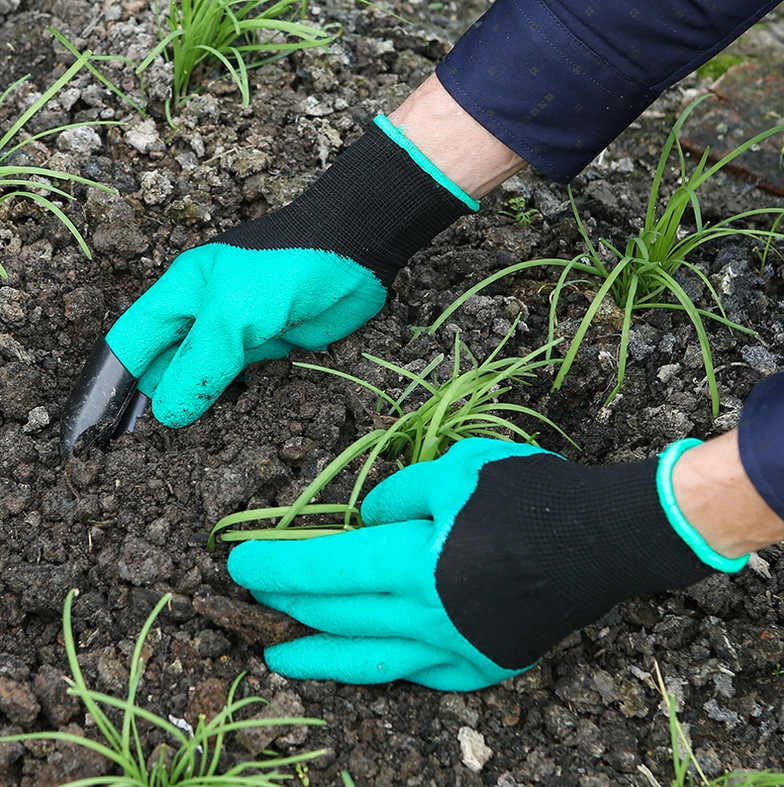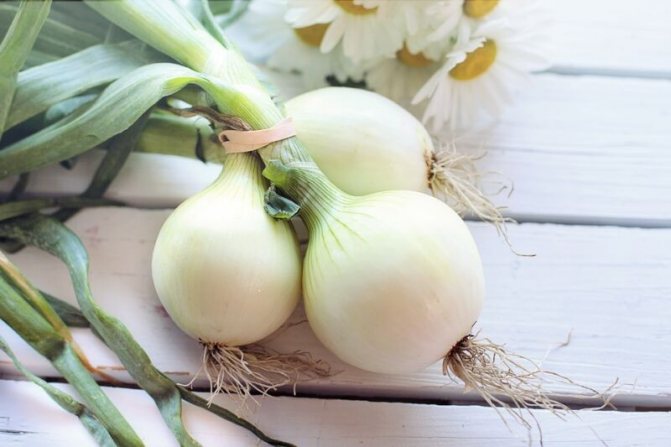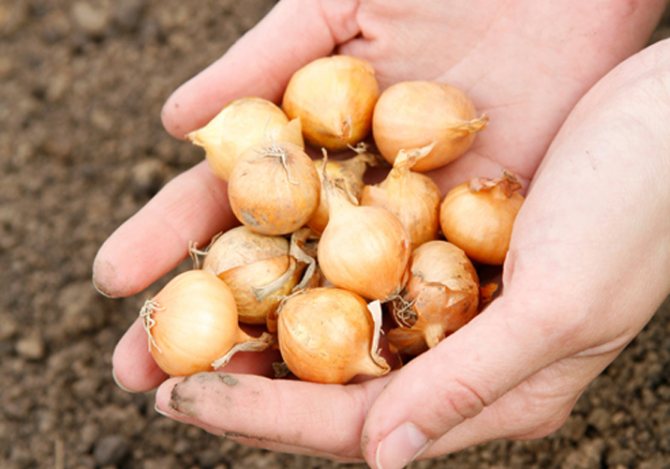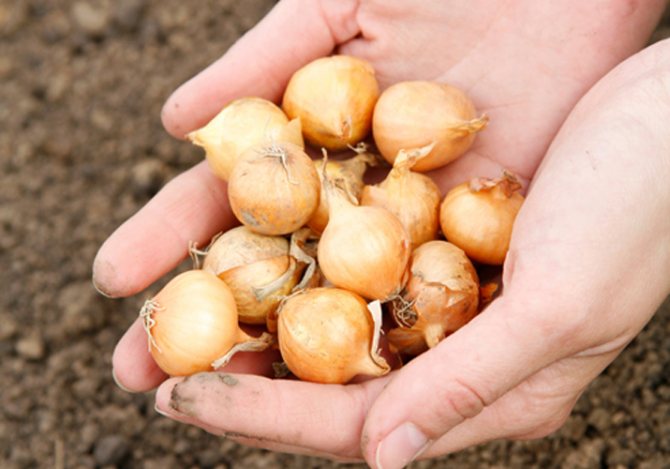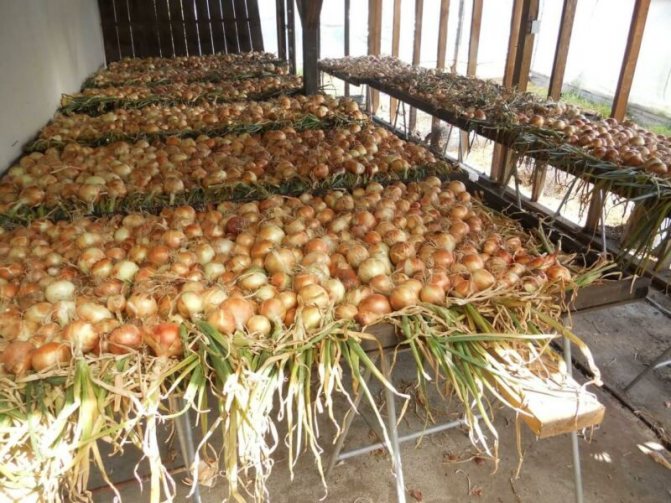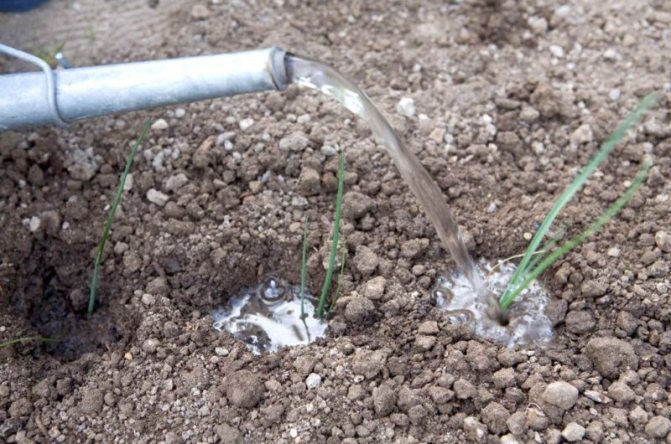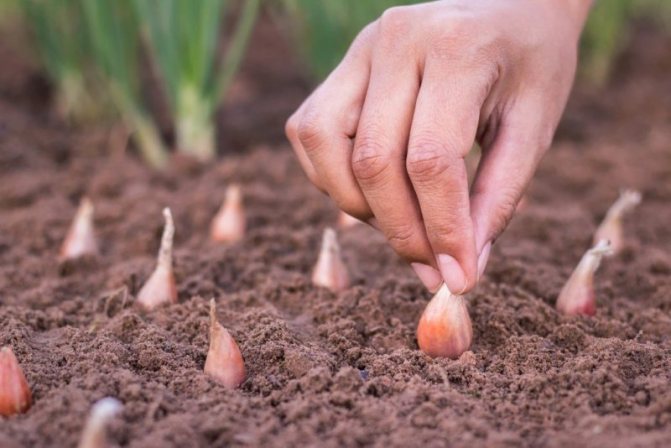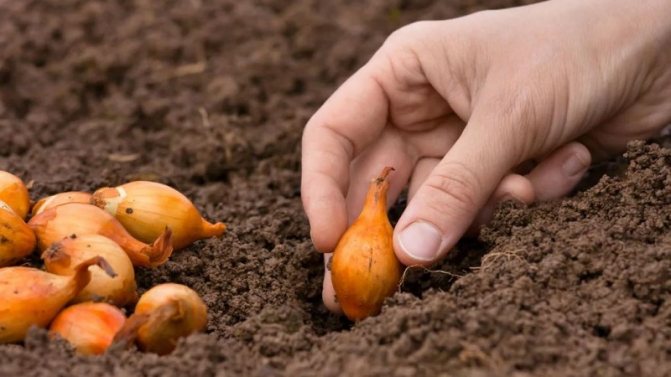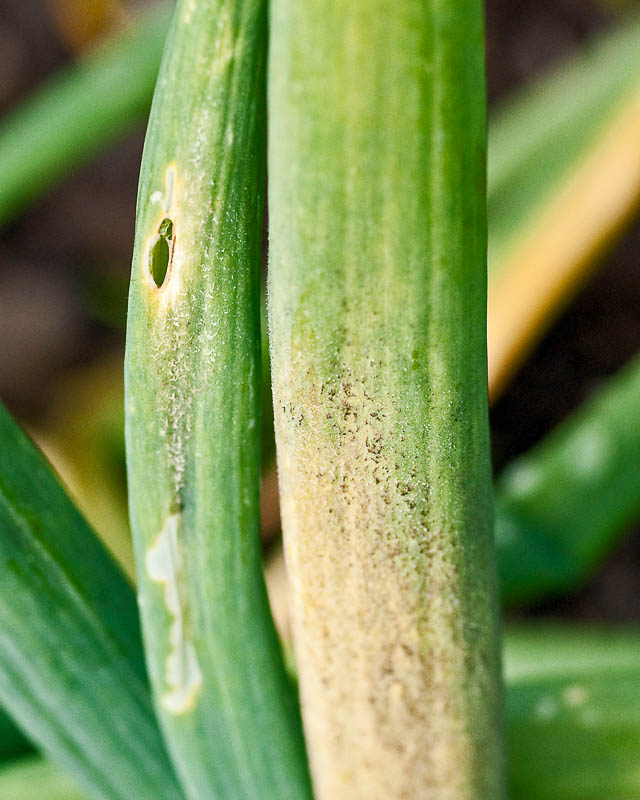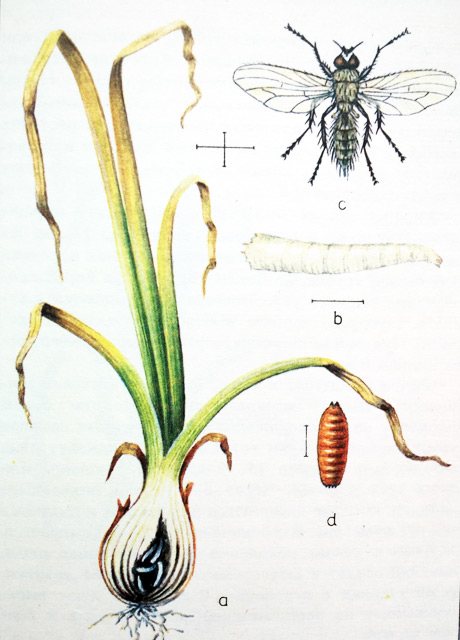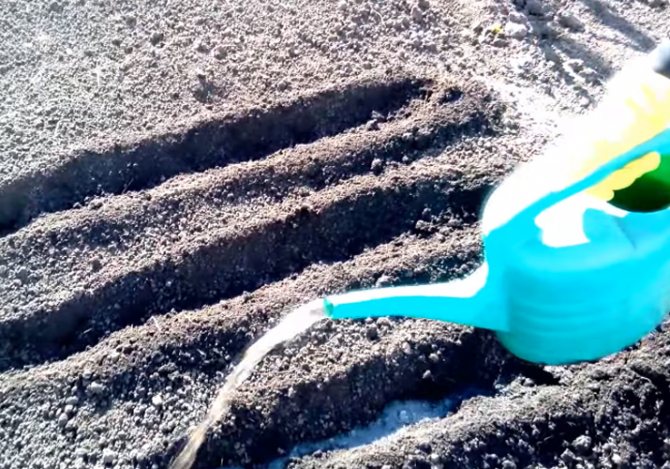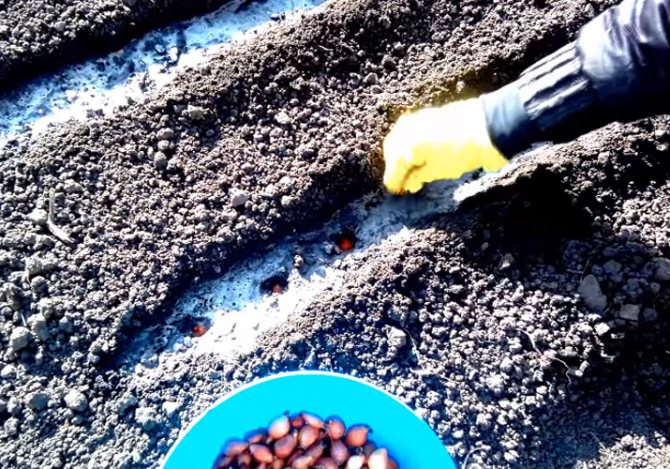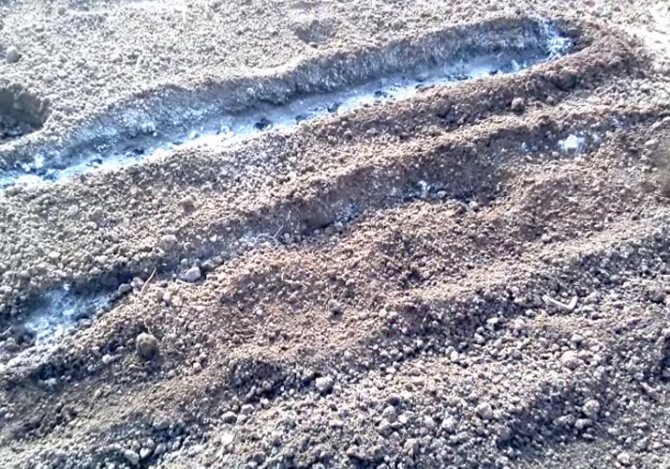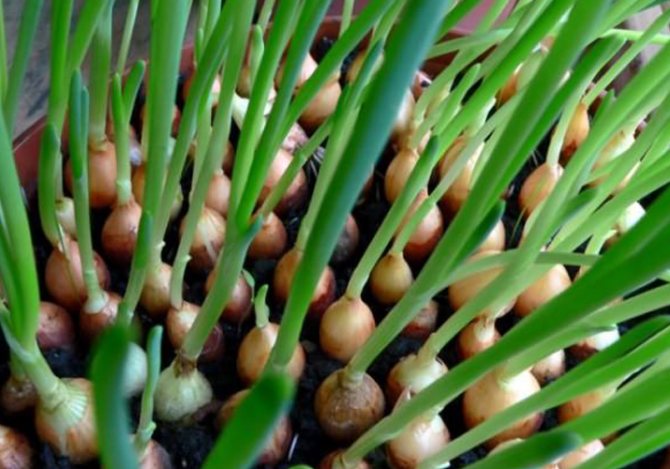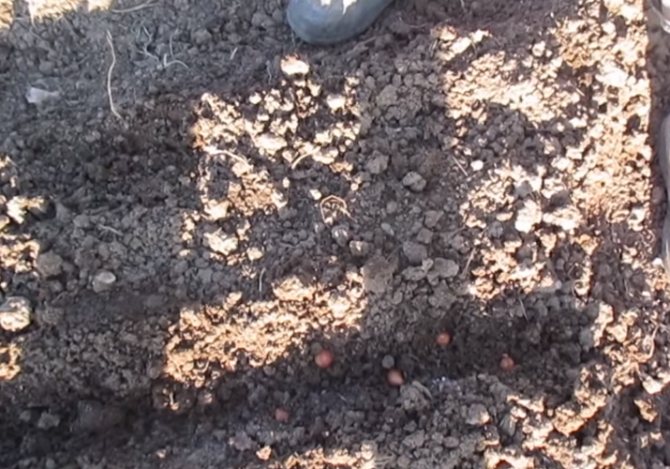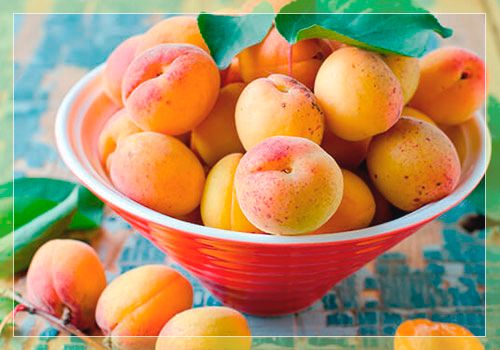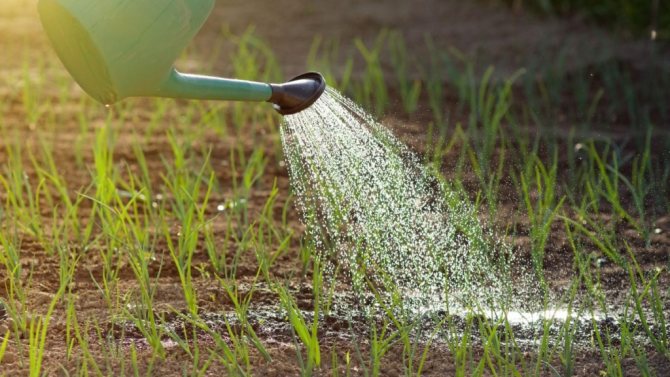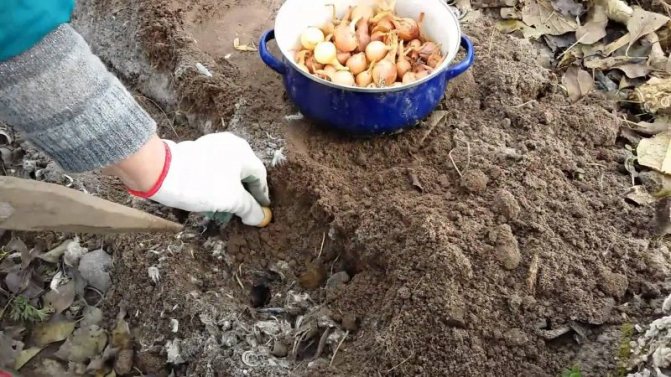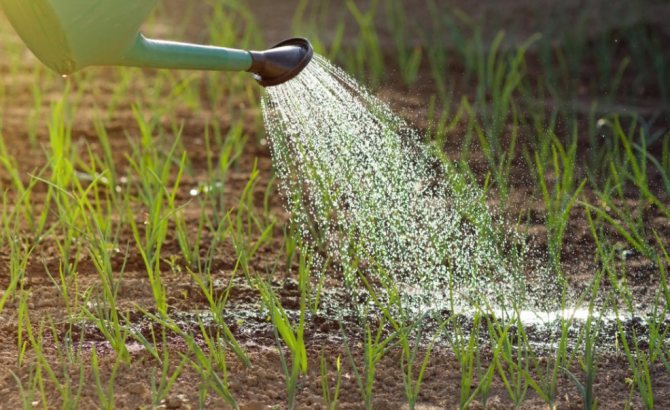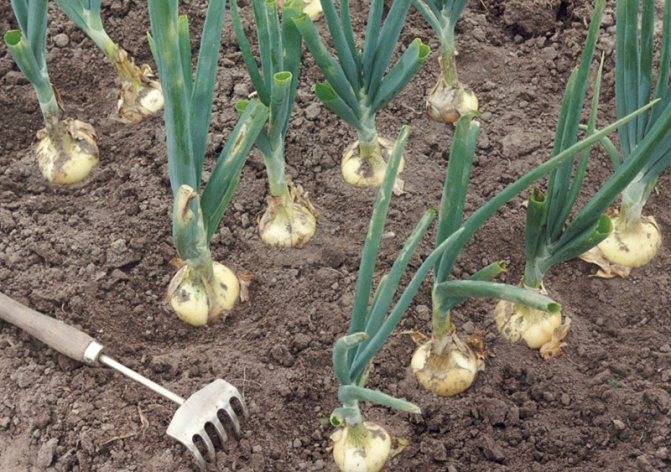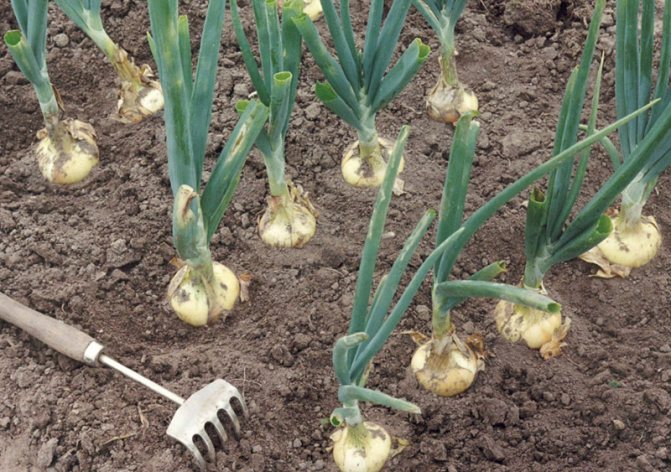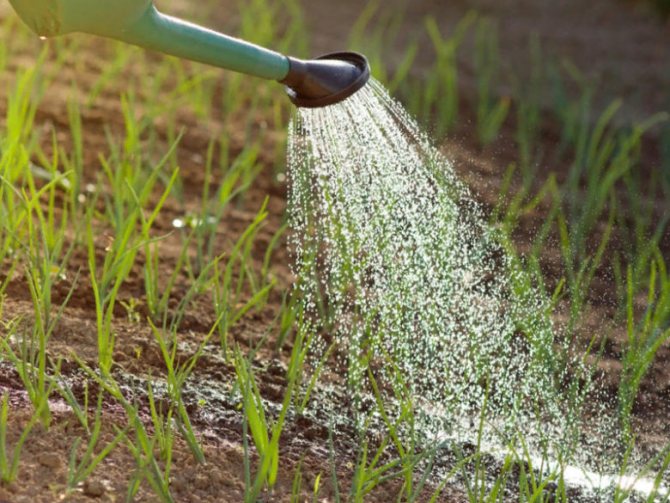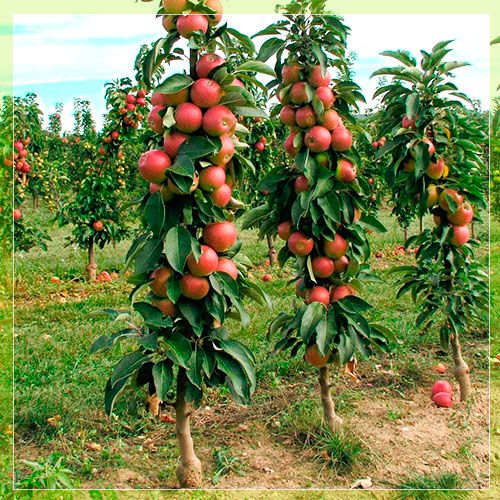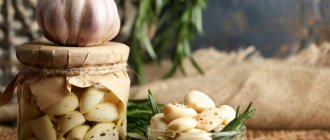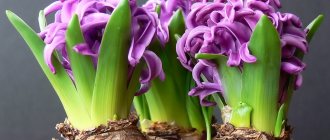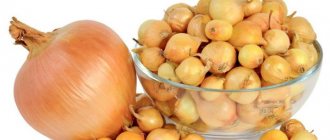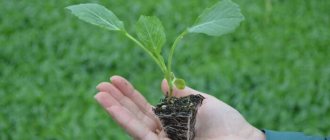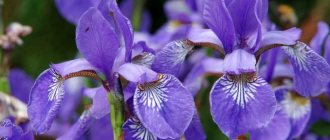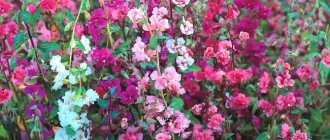Planting of onion sets in spring in open ground is carried out in most regions in May. In the regions of Siberia and the Urals, this is done towards the end of the month, in the Moscow region - in the middle, and in the southern regions it can be planted at the very beginning. It all depends on the temperature of the soil. It should warm up at a depth of 10 cm to 20 °. Timely and correct planting of onion sets guarantees a high yield of heads and greens without arrowing and damage by onion flies. The basic techniques of agricultural technology are presented in the article offered to your attention.
Here, agrotechnically justified planting dates, the rules for planting seeding, preparation of planting material and soil are considered.
For planting onion sets in the spring of 2020, you should now take care of the pre-planting preparation of seeds. Do not wait until the last moment, when you already need to go to the site and plant sevok. Buy it in advance, while it is possible to warm the bulbs for at least 2 weeks. After all, it is not known in what conditions the planting material was stored. Even a short-term drop in ambient temperature to minus can lead to the fact that all the bulbs "go into the arrow." In this case, there will be no harvest.
So, let's consider 5 basic rules of how to plant onion sets in the spring in open ground in such a way as to get a rich turnip crop to the envy of all neighbors.

How to prepare a site for planting


For growing onions, a well-lit area without nearby groundwater is chosen. Preferred is neutral soil acidity and light fertile soil - black soil. However, with the correct fertilization, sandy loam, loam or peat bogs are also suitable.
Onions are best grown in raised beds. Thus, a suitable water and temperature regime is ensured. The soil warms up more efficiently, and sedimentary water does not stay in the ground. Layers of compost and organic mulch provide additional soil nutrition.
When organizing the beds, they adhere to the rules of crop rotation:
- The optimal predecessors are nightshades (tomatoes, potatoes, eggplant), melons (cucumbers, zucchini, squash, pumpkin), as well as cabbage, spinach and lettuce.
- It is not recommended to plant onions where umbellates (dill, cumin, parsley, parsnips), cabbage roots (turnips, radishes, radishes) and legumes (beans, peas) were previously grown.
- After growing the onions, the soil should rest from the crop for at least 3 years.
It is advisable to prepare the site in advance - in the fall or 1.5-2 months before planting. They dig up the earth, weed from weeds and apply fertilizers:
- compost (5 kg / m²);
- in the case of acidic soils - wood ash or dolomite flour (200 ml / m²);
- mineral substances - ammonium nitrate, superphosphate, potassium sulfate or "Nitroammofosku" in accordance with the instructions (20-30 g / m²).
Fertilizers are embedded to a depth of 30-40 cm, for better absorption of nutrients, the soil is watered and then leveled with a rake.
Briefly about agricultural technology
Onions are grown in all dachas, but high yields are obtained on fertile soil with a loose structure. At the same time, it is desirable to keep the pH reaction at a neutral level.The depleted land is enriched in advance (from autumn) with organic matter, filling it up to the entire depth of the cultural layer. In the spring, before planting, mineral fertilizers are applied to the site.
Onions can grow in a shaded area, but in the end, the summer resident will collect a small crop. Therefore, you should not treat the culture as secondary, but plant in lighted beds.
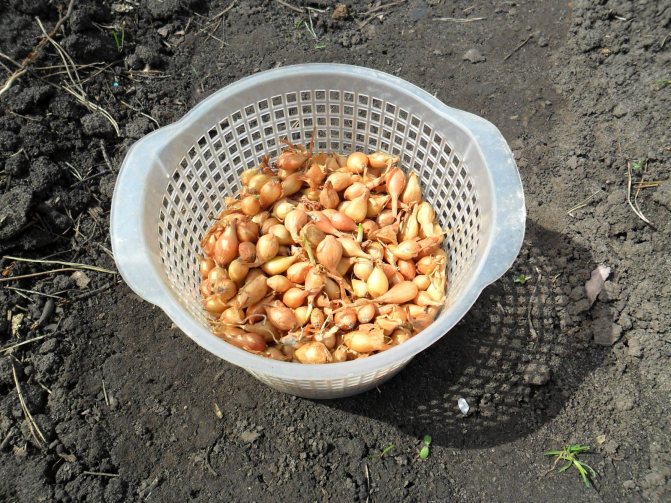

Planting onions in spring
A good harvest is also influenced by crop rotation. You can not grow onions after lily "congeners": asparagus, garlic. But the beds after potatoes, peas, cucumbers and tomatoes are saturated with trace elements useful for turnip.
When to plant onions on the head
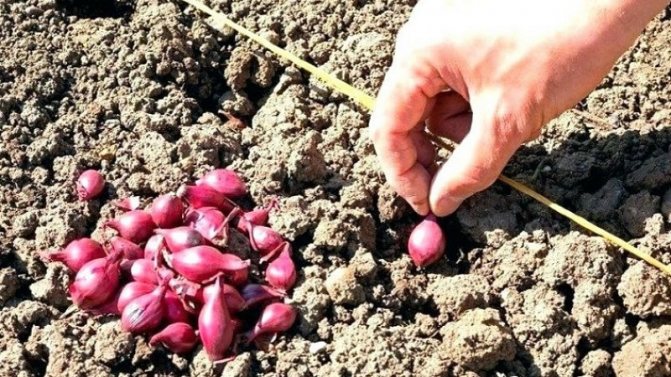

The main condition for the successful cultivation of onions is the optimum temperature for planting. It is desirable that the thermometer stably be kept at around + 12 ° C, and the soil warmed up at least 10 cm in depth. Although the onion is considered a cold-tolerant crop, return frosts in spring will result in arrowheading and will not yield a good harvest. If the planting time is delayed, this is fraught with a decrease in soil and air moisture, and in such conditions the onion develops more slowly.
Reference. According to popular belief, in the middle lane, the signal for planting onions is the flowering of violets and rakita.
Specific landing dates depend on the region:
- in Central Russia - mid-May;
- in the Northwest and Siberia - late May - early June;
- in the Black Earth Region, on the Black Sea coast and the North Caucasus - the first decade of April.
Determine the landing dates
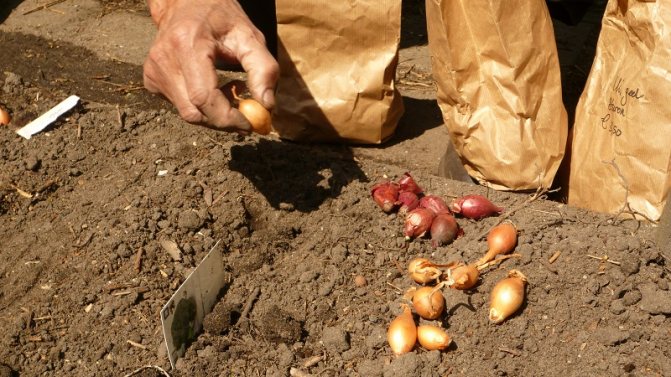

When choosing a landing date, first of all, they are guided by weather conditions and thermometer readings. By the time of planting, the soil should warm up to + 10-12 ° C and dry out. Despite the fact that onions perfectly tolerate low temperatures (up to +1 oC), they grow more actively in warm soil.
On a note! If you plant the onion sets too early, there is a high likelihood of shooting. If you are late with planting work, greens will begin to develop very quickly to the detriment of the heads.
Influence of the growing region


The main criterion for choosing a planting date is the climatic features of the area where they plan to grow the crop. Onion sets do not belong to heat-loving plants, but they grow better in warmth. They begin to plant in spring after a stable temperature is established, and the likelihood of night frosts will disappear.
In the south of the country (Crimea, Kuban, Kalmykia, Stavropol Territory), as well as in the southern part of Ukraine, they start planting from mid-March.
The optimal time for planting seedlings in open ground in the middle lane (in the Moscow region, Belarus, Ukraine) is the end of April - mid-May. In the Leningrad region, a colder climate and high humidity, therefore, the planting dates are shifted by 1-2 weeks in comparison with the middle lane.
Siberia and the Urals have a very harsh climate with late spring and short summer, often late frosts. Planting dates for this region are in late May - early June.
Moon landing
Landing dates can be checked against the lunar calendar. It has been established that during the growing moon, the sap of plants moves in the ground part. Therefore, this time is favorable for planting a crop whose vegetables ripen from above.
And with the decrease of the luminary, the juices are directed to the root of the plants. This time is useful for planting bulbous and tuberous crops. Accordingly, in order to obtain a good harvest of heads, the phase of the waning of the moon is chosen. Favorably on the growth of the underground part is the presence of the satellite in the zodiacal constellations Capricorn, Taurus and Virgo.
To get a dense and high-quality bulb, you can plant a set in open ground in the spring on the head for 2020 according to the lunar calendar.
| Month | Favorable days for planting onions on the head | Bad days |
| March | 4-6, 13-14, 22 | 8-10, 23-25 |
| April | 1-2, 10, 18-19, 28-29 | 7-9, 22-24 |
| May | 15-17, 25-26 | 6-8, 21-23 |
| June | 3, 12-13, 23-30 | 4-6, 20-22 |
In the lunar calendar for onion sets, there are not so many unfavorable days on which you need to refrain from any agricultural work. This is the period of New Moon and Full Moon. It turns out about 6 days a month. The rest of the time you can find something to do on the site.
What onion to plant on the head in spring
In order to avoid problems, special attention is paid to the selection of seed material. A high-quality onion set should be:
- dry;
- dense to the touch;
- evenly colored (dark or white spots are a sign of the disease).
The sevoks are sorted by size: larger specimens (22 to 30 mm in diameter) are left to obtain a feather, while small ones (15-21 mm) are ideal for growing onions per head.
Reference. A very shallow planting (less than 15 mm) is suitable for winter planting. If such onions are sown in spring, the harvest will be late, which is not acceptable for all regions.
Varieties and hybrids
Varietal characteristics of the seed are also of great importance. Onion heads should form before the fall frosts, therefore, for planting in spring, it is better to choose early and mid-season varieties and hybrids:
- Centurion F1, Sturon, Red Baron, Zolotisty Semko F1 - early maturing, resistant to shooting and fungal diseases, are distinguished by high yield and good keeping quality;
- Hercules F1, Carmen MC, Stardust - medium early, resistant to diseases and shooting;
- mid-season - Shetana, Stuttgarter Riesen, Danilovsky, Odintsovets, Red Semko F1.
Varieties and hybrids
Among winter crops varieties of onions popular:
- Shakespeare;
- Senshui;
- Centurion F1;
- Struton;
- Strigunovsky;
- Red Baron;
- Snowball;
- Buran;
- Robin.
Planting varieties not intended for winter cultivation will result in heavy bulbs shooting in the spring and loss of yield.
Preparation of planting material
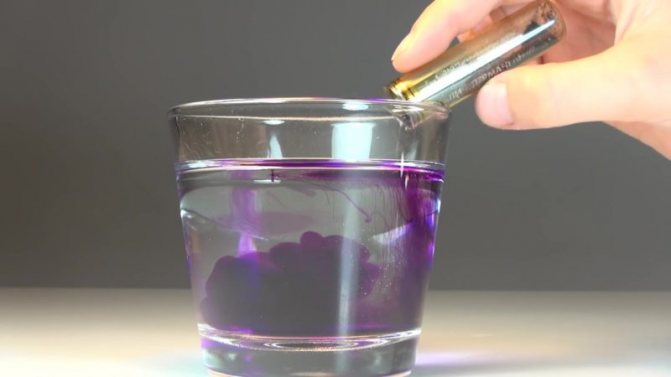

Before planting onion heads, preparatory procedures are carried out in the spring. They will help you avoid shooting and fight against the most common diseases.
Warming up
So that the onion planted in the spring does not start up the arrow, the sevok is heated. The bulbs are kept at a temperature of + 40 ... + 45 ° C for 8-10 hours. The easiest and most affordable way to warm up is to sprinkle the seed on paper and place it on a radiator.
Disinfection
Soaking the onions in a fungicide solution helps to kill the spores of pathogenic fungi and increase the resistance of the set: Fitosporina-M, Planriz, Gamaira. The preparations are diluted according to the instructions, soaking usually lasts 1-2 hours.
Potassium permanganate (potassium permanganate) and birch tar also have disinfecting properties. When diluting them, it is important not to exceed the dosage - a slightly pink solution of potassium permanganate and no more than 1 tbsp. l. tar per 1 liter of water.
Important! After soaking, the onions are dried.
Diseases and pests
| Powdery mildew Symptoms:
Prevention:
Treatment:
|
| Rust Symptoms:
Treatment:
|
| Onion fly Symptoms:
The ways fight:
|
How to grow onion sets per head: planting scheme and technique
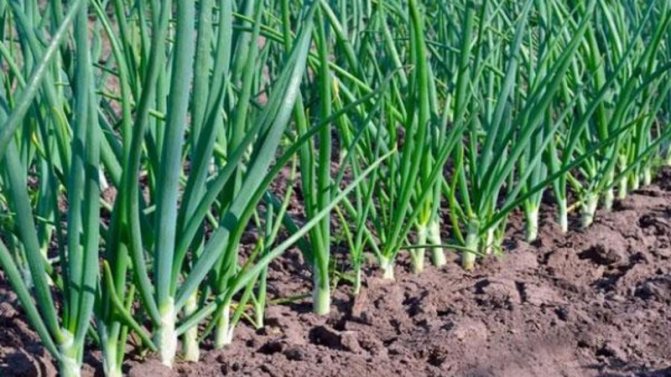

The bulbs are planted at a distance sufficient for their normal development and for carrying out agrotechnical works (hilling, weeding, watering). The recommended planting scheme is rows with an interval of 20-25 cm, in which the bulbs are placed 6-10 cm apart, depending on the size of the seed.
The correct planting depth is important: bulbs located too close to the surface will not receive adequate nutrition, and excessively deep ones will be difficult to develop in dense soil. As a rule, the depth of the grooves is 5-7 cm. Bulbs are planted in them, buried on the shoulders (neck), and then covered with a layer of earth of 2-3 cm.
What are the benefits of autumn planting?


Planting onion sets in autumn has many positive aspects.
- Small sets are usually sold in autumn. This may seem like a disadvantage, however, small seed usually does not give an arrow, and if it does, it will not happen soon. There are few shooters, which means that there is much less work for the gardener.
- When planting in autumn, the crop can be harvested in July! This significantly saves autumn time, when the already abundant harvest requires processing and storage. It also allows you to grow some more early maturing crops before the onset of frost.


Planting onion sets in autumn has many positive aspects.
It is also worth highlighting the shortcomings so that gardeners fully understand what to expect when planting onion sets for the winter. A small set does not produce a large turnip. From such crops, it is possible to collect at best a medium-sized tsibuli head. It's not always a bad thing, but it may not please everyone.
Greens from small seedlings are frail, weak at first, a little later, of course, it gets stronger, becomes more developed, juice and vitamins are gained, but at first, after its appearance, it is not recommended to cut it for food.
How to grow a head from seeds in one season
Growing onion seeds with seeds is troublesome, but feasible. The key to success is the correct choice of seed material (necessarily early varieties) and its preliminary preparation:
- Seeds are checked for germination by soaking in hot water (+ 45 ... + 55 ° C) for 15 minutes.
- Quenched by placing in cold water for a few minutes.
- To soften the dense shell of the seeds, they are wrapped in a damp cloth and kept for 24 hours.
- Filled with water at room temperature and placed in a cool place for 2-3 days.
- The seeds prepared in this way are dried - they are ready for sowing.
For sowing, choose lighted areas with well-drained, fertilized soil, the acidity of which is closer to neutral (pH 6.5-7). Before planting, the bed is dug to the depth of the shovel bayonet.
Seeds are sown according to the scheme 45 × 3-5 cm, seeding depth - 1 cm, seeding rate - 1 g / m². So that the seedlings do not suffer from possible frosts, the bed is mulched with peat and covered with a film.
Reference. Onion varieties Yukont and Golden Semko are suitable for growing a head from seeds. Their growing season is only 90 days. In areas with long and warm summers, the Kaba variety thrives. It takes 120-140 days to ripen.
Growing conditions
With a steady heat, the seeds germinate and sprout 7-10 days after planting. After the appearance of two true leaves, they are thinned out, leaving a distance of 2-4 cm between the plants.At the stage of 4-5 leaves, thinning is repeated - weak seedlings are removed and the gap is increased to 6-8 cm.
Further care of the onion consists in loosening the soil, watering and weeding. The crop is harvested at the end of August, before the onset of heavy rains.
Planting days for onions
The lunar calendar for planting onion sets for 2020 was developed by astrologers.So that the yield does not suffer, experienced vegetable growers advise not to ignore the recommendations of the Moon. Scientists annually draw up a calendar, taking into account the phases of the night star. It helps to understand the suitable and unfavorable dates for planting a particular plant culture. To understand when to set one moon is not enough. Location and weather must be taken into account. Although onion varieties are not whimsical to heat, they grow better when it is warm and sunny in summer.


Planting days for onions:
| Month | Auspicious days for planting onions on a feather | Favorable numbers for planting onions on a turnip |
| January | 1, 5-9, 11, 27-29 | 5-10, 15-22 |
| February | 11-15, 17-20, 25 | 1-7, 12-15, 18-20, 25 |
| March | 3-6, 17-18, 22, 27, 30 | 4-6, 10-15, 27, 28 |
| April | 5-6, 10-14, 18, 19, 25-29 | 1, 2, 10-14, 18-19, 28-29 |
| May | 2-5, 15-17, 24-26, 30-31 | 5, 11-12, 15-17, 20, 25-26 |
| June | 1-3, 6-8, 12, 13, 23, 26-30 | 2-3, 7-8, 12-13, 17-18, 23, 30 |
| July | 1-3, 9, 10, 14, 15, 23-31 | 1, 9-10, 14-18, 27-28 |
| August | 1, 5-7, 10-16, 21-26, 28-29 | 5-7, 10-16, 24-26, 28-29 |
| September | 3, 6-13, 18-25, 30-31 | 3, 6-13, 20-24, 30-31 |
| October | 4-10, 13-14, 18-23, 26, 27 | 4-10, 13, 14, 20-23, 26-27 |
| November | 2-6, 10-13, 17-19, 22-24, 27, 28 | 2-6, 10-13, 18-19, 24, 27, 28 |
| December | 2-4, 16-21, 25-28 | 2-4, 8-12, 20, 21, 25 |
When sowing seed for the first year, you can get only small bulbs (sets), and already plant it on a turnip or feather. Hybrid varieties Candy, Exibishen are an exception.


Planting onions in April, as well as during the year, is not carried out on the following days:
Care features
Onions are an unpretentious culture, but even they need proper and timely care.
Watering
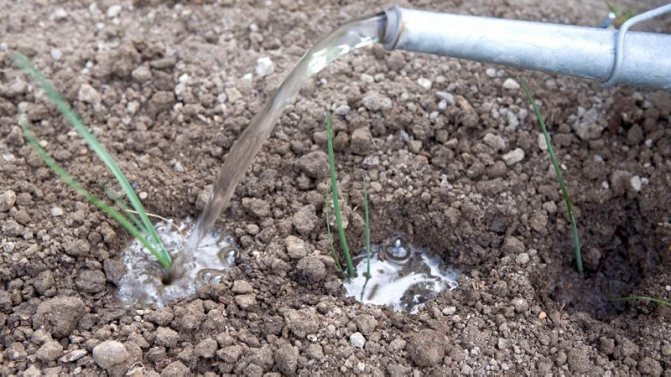

During active growing season, onions are watered 1-2 times a week, focusing on the condition of the soil - it should be moderately moist. As the vegetable ripens, watering is reduced to 1 time in 2 weeks to avoid excessive build-up of green mass. Watering is stopped 3 weeks before harvesting.
Loosening
The soil in the bed with onions needs periodic loosening, since the vegetable loves light soil with good air and moisture permeability. Dig up the ground carefully and superficially so as not to damage the planting. The main thing is to disrupt the formed crust and provide oxygen access to the roots.
Top dressing
At least two dressings are considered mandatory for onions during the growing season:
- 20-21 days after planting, the plant needs nitrogenous fertilizers. Chicken droppings or rotted cow dung are suitable. The organic matter is diluted with water in a ratio of 1:15 or 1:10, respectively, and the garden is watered with a solution at the rate of 10 l / m².
- 3 weeks after the first feeding, mineral fertilizers are applied - 15 g / m² of potassium sulfate or ammonium nitrate. Top dressing is combined with abundant watering.
The subsequent fertilization depends on the condition of the onion. Nutrient deficiencies are signaled by:
- weak growth - indicates a lack of nitrogen;
- pale feather - the plant needs potassium;
- dry bulb - lack of phosphorus.
The general rule is that at the beginning of the growing season, the plant needs nitrogen-phosphorus-potassium fertilizers, and closer to the harvest time - in phosphorus-potassium fertilizers.
Pest and disease control
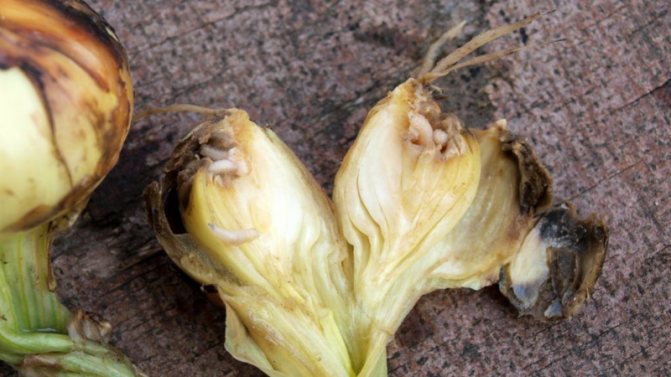

Onions are most susceptible to fungal diseases:
- peronosporosis - light spots on the feather;
- rust - yellow or orange lesions on the ground part of the plant;
- fusarium rot - affects the bottom of the turnip, but first manifests itself in the curvature and yellowing of the feather.
Usually, the cause of onion disease is waterlogged soil, a violation of crop rotation and fertilization rates, as well as proximity to vectors and hosts of pathogens. So, the causative agent of rust persists in fallen leaves and on shoots of poplar.
For the prevention of diseases, a popular folk remedy is used - a solution of 10 liters of water, 1 tsp. copper sulfate and 35 ml of liquid soap. The resulting mixture is sprayed with green onions every 15 days. If the disease nevertheless manifests itself, the plants affected by the fungus are isolated, and the garden bed is treated with fungicides - Bordeaux liquid, "Polycarbacin", "Iprodion" or "Quadris".
Insect pests (wire beetles, onion fly and onion weevil) are fighting with the help of insecticides and agrotechnical methods: timely weeding, planting carrots next door - its smell scares off the onion fly.
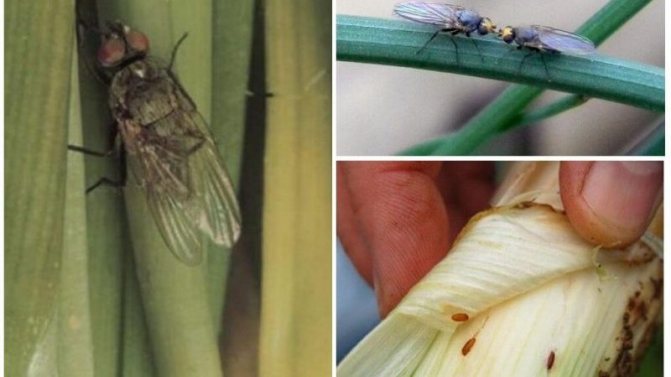

Outdoor onion care
During the cultivation of the plant, it is necessary not only to process the onion before planting, but also to provide other necessary care.To get a good harvest of onions, you must follow a few simple rules:
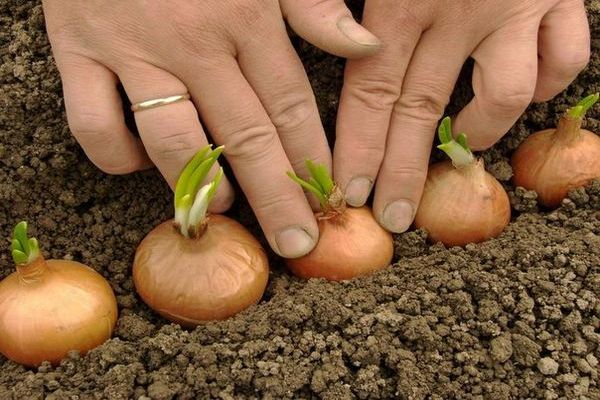

- watering plantings is required once a week;
- only settled water should be used for irrigation;
- in dry weather, watering is carried out twice a week;
- after watering or rain, the soil must be carefully loosened;
- all weeds that appear must be removed in a timely manner;
- as a means for the prevention of fungal and viral diseases of onions, copper sulfate can be used;
- in July, the number of watering must be reduced in order for the turnips to fully mature.
After the first shoots appear, the plants if necessary, thin out.
Harvesting
The onion harvesting period stretches from late July to mid-September, depending on the variety planted and the climatic features of the area. More accurate than a calendar, a landmark is the state of the pen. Harvest readiness signs:
- the greens stopped growing, turned yellow, began to dry and died;
- the neck has become thinner and softer;
- when digging, it can be seen that the bulb has acquired a characteristic color for the variety.
If the plant is overexposed in the ground that is cooling at night, the onion will not be stored for a long time.
The bulbs are pulled out entirely with their tops, and the leaves are cut off when they are completely dry, leaving a tip of 5-10 cm. Turnips need additional drying at a temperature of + 25 ... + 30 ° C for 10-14 days.
Store onions in a warm, dry room, folded in baskets or hanging from the ceiling.
Life cycle and planting options
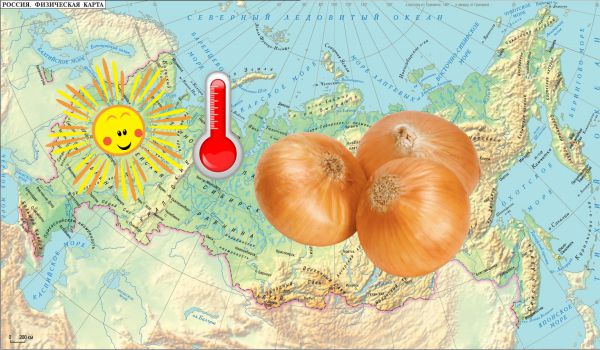

The size of the harvest directly depends on the weather conditions. Photo: flowergarden.pro
- What is sevok... Onions are a two-year-old plant, in the first year small heads grow from seeds, they are called sevok or seedling. In the second year, this trifle is planted in the ground and large bulbs grow from it. This process is also called - planting onions on a turnip. There are 2 growing methods - seedlings and heads.
- Growing seedlings... The bottom line is that 2 months before the season you grow seedlings from seeds, and when it gets warm, you transplant them into open ground and in the summer you get a full-fledged head. There is more trouble here, but the terms are reduced by a year, plus the seeds are an order of magnitude cheaper than high-quality seedlings.
- Growing by heads... It is not difficult to plant a small head in the ground, but you need to know what to put in the hole, how to prepare the material, plus take into account weather conditions, soil temperature and a lot of other important points.
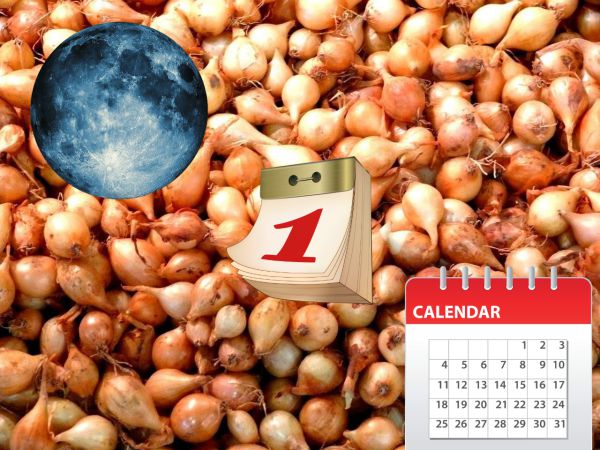

When growing onions, it is advisable to take into account the recommendations of the lunar calendar. Photo: flowergarden.pro
The video shows in detail how to plant onion sets in spring. In parallel, the gardener tells how to process the onion before planting it in the ground. You will find out at what distance, at what depth, and at what temperature it is best to plant onions.
Tips and tricks from experienced gardeners
Experienced gardeners have in store several secrets of how to grow a good harvest of onions:
- Since the plant does not like stagnant water, ensure good drainage. Before planting, sprinkle the bottom of the groove with dry sand mixed with ash. This will additionally deacidify the soil.
- Sort the seedlings by fractions: the smaller it is, the earlier you can plant it. Smaller bulbs are more frost-resistant.
- The onions are sown in moist furrows, so be sure to water them before planting.
- Weeds have no place in the garden, but if you forgot to weed them in time, do not pull out the weeds - this will damage the fragile bulbs. Use scissors to trim what has grown above the onion feather.
Benefits of spring planting
There are a lot of opinions about when to plant onion sets. Some gardeners are in favor of spring sowing, others prefer to carry out the procedure in the fall. To say for sure when it is impossible to do it better - every gardener should try both methods for himself and decide which is better.To help, one can only imagine the advantages of spring and autumn planting. So, what are the advantages of sowing seedlings in the spring?
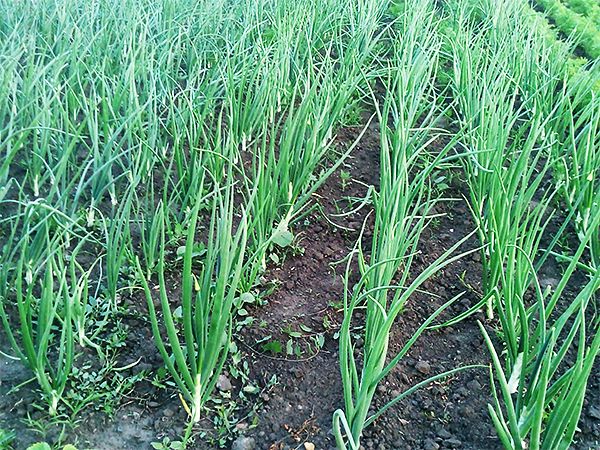

Spring crops give higher yields than autumn crops
- Spring is the traditional time for planting onion sets. Many generations have planted onions in this way and have successfully grown them. So the first positive side is the testing of the method.
- In the spring, you can sow large onion sets, which eventually form large heads of tsibuli. It is also much more suitable for producing a green feather. Feathers ripen much faster in large planting material. They are rich in color, healthy, dense, juicy.
- It is known that spring crops yield higher yields than autumn crops. So for sale onions are usually sown in spring. It's just beneficial.
- The quality of the crop is always high if properly cared for.
- Onions, sown in spring, have a rich vitamin composition, they are distinguished by an abundance of nutrients in the composition.
As for the disadvantages, it is worth noting only that with such crops there will be more work. Onions can be characterized by low frost resistance, begin to freeze out during recurrent frosts, and pests and diseases can often precipitate it. Yet this method is more popular.


